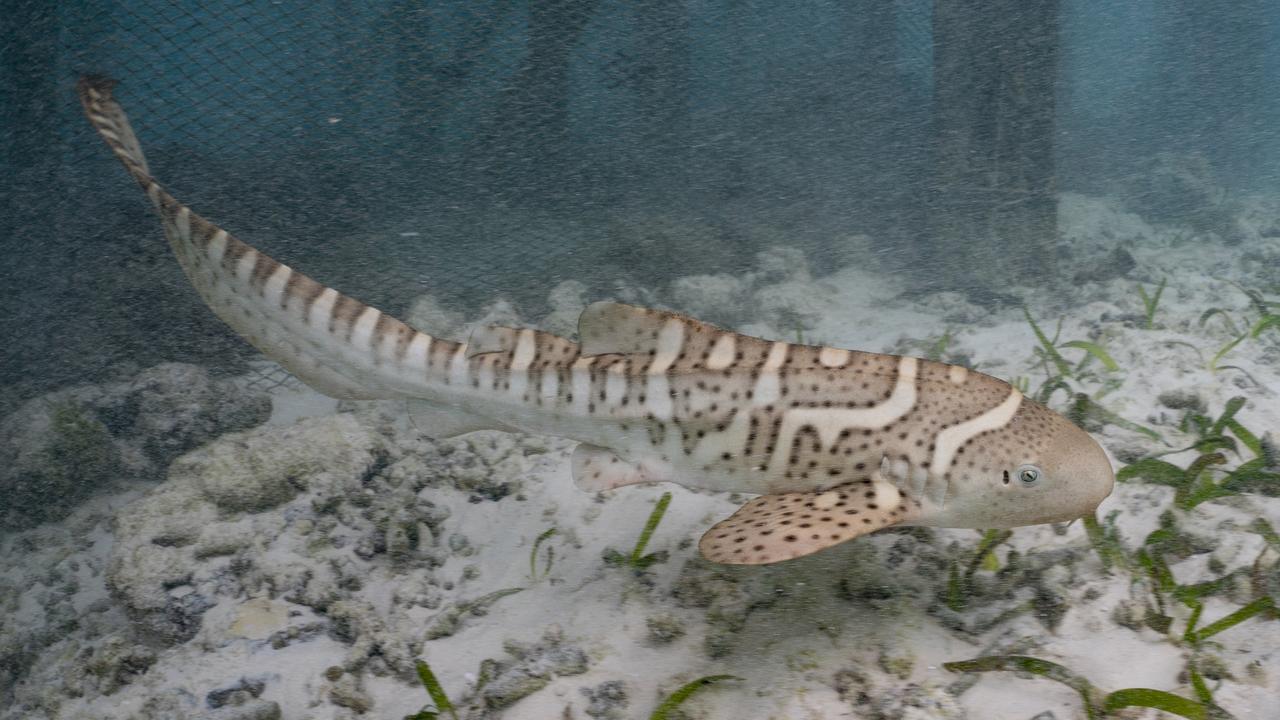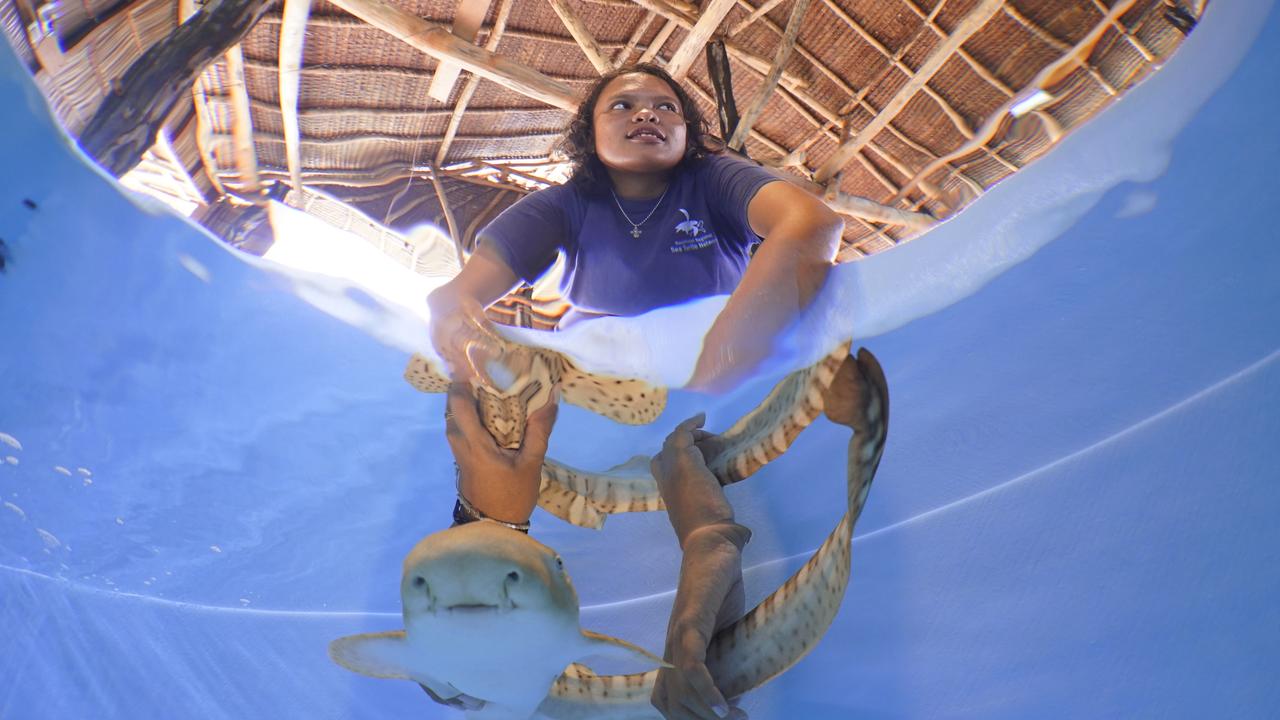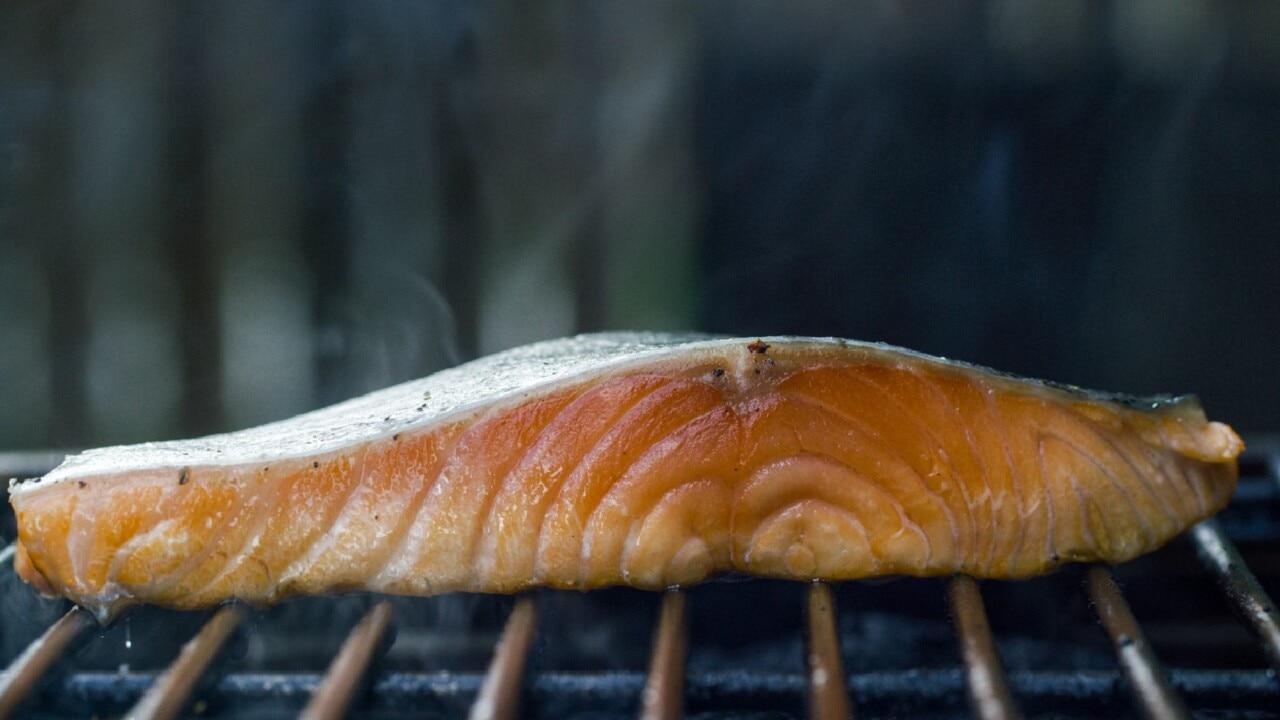Australian experts help save zebra sharks and maugean skates with clever breeding programs
Australians are behind two successful breeding programs aimed at saving a duo of endangered sea creatures — the zebra shark and maugean skate

READING LEVEL: GREEN
Australians are behind two successful breeding* programs aimed at saving a duo of endangered* sea creatures — the zebra shark and maugean skate.
The future of these sea animals relies on world-first projects to firstly protect pregnant females and then rewild the oceans with lots more of the species* once eggs, shark pups or baby skates are produced.
Female zebra sharks Lingka and Spotty Dotty were recently bred at Sea Life Sydney Aquarium and shipped as eggs to hatch* in Indonesian waters.

They were released into the waters of Raja Ampat and Sea Life aquarist* Taylah Starc said everyone involved was proud to support the global effort in marine conservation.
“Never has human involvement provided so much hope for a shark species,” she said. “To see sharks that were bred at Sea Life Sydney Aquarium, now hatched and swimming in the wild, where they once faced regional extinction* is incredibly rewarding.”

Recent research by ReShark and the Conservation Planning Specialist Group, estimates just 20 individual zebra sharks remain in Raj Ampat. Without human help it could take 100 years to recover the species and there would still be a 23 per cent chance of extinction.
With help from public aquariums including Sea Life Sydney, the program hopes to have 500 zebra sharks in just 10 years.

Meanwhile, in Tasmania, a new home for the maugean skate could soon be built in Taroona to support a growing insurance population for the endangered species. An insurance population is when animals are kept captive* to ensure the species won’t go extinct, even if it disappears in the wild.
The Institute for Marine and Antarctic Studies’ Taroona site is currently home to a smaller maugean skate space but marine biology Professor Jayson Semmens said a much larger area would be needed as captive breeding continued.
“At the moment we have two adults and we brought about 50 eggs from the wild,” he said.
“We have 23 hatchlings now, not all the eggs are viable*, we estimate 40 per cent viability.
“Our female has laid 68 eggs, she lays two eggs every four days.”

Prof Semmens said the new facility would include larger tanks to give the marine creatures more room to swim.
He said the insurance population was crucial as the number of skates, which live for about 10 years, continued to drop in the wild.
The issue has created a split in the Tasmanian community.
Anti-salmon groups have been actively campaigning* to save the skate from the threat of salmon farming at Macquarie Harbour, while salmon fishermen are trying to protect their jobs. Tasmania produces 90 per cent of Australia’s salmon.
Prof Semmens said finding a solution was vital as he believed the population of skates had halved in Macquarie Harbour.

GLOSSARY
- breeding: mating to make babies
- endangered: seriously at risk of dying out
- species: a group of living organisms consisting of similar individuals capable of exchanging genes or breeding
- hatch: to come out of the egg
- conservation: saving and protecting something
- extinction: the complete disappearance of a species from Earth
- captive: kept in one place
- viable: capable of living and surviving
- campaigning: organising things to achieve something
EXTRA READING
Maugean skate on brink of extinction
Quirky dating dance leads to endangered chick boom
Parrot flies back from brink of extinction
QUICK QUIZ
1. How did female zebra sharks Lingka and Spotty Dotty end up in Indonesian waters?
2. How long would it take to recover the zebra shark species without human help?
3. What is the name of the species Tasmanian experts are trying to save?
4. Why is a larger facility needed?
5. What has caused a split in the Tasmanian community?
LISTEN TO THIS STORY
CLASSROOM ACTIVITIES
1. Why not in the wild?
Why do you think breeding programs have to be in aquariums, like Sea Life Sydney, rather than in the oceans? Use information in the story and possibly your research skills to write paragraphs that answer this question. Use examples to make your writing more convincing.
Time: allow at least 45 minutes to complete this activity
Curriculum Links: English
2. Extension
Can you think of a solution that would allow both salmon farming and protection of the skate? Create a plan.
Time: allow at least 25 minutes to complete this activity
Curriculum Links: English, Geography, Critical and Creative Thinking
VCOP ACTIVITY
1. BAB it!
Show you have read and understood the article by writing three sentences using the connectives “because’’, “and”, and “but” (BAB). Your sentences can share different facts or opinions, or the same ones but written in different ways.

